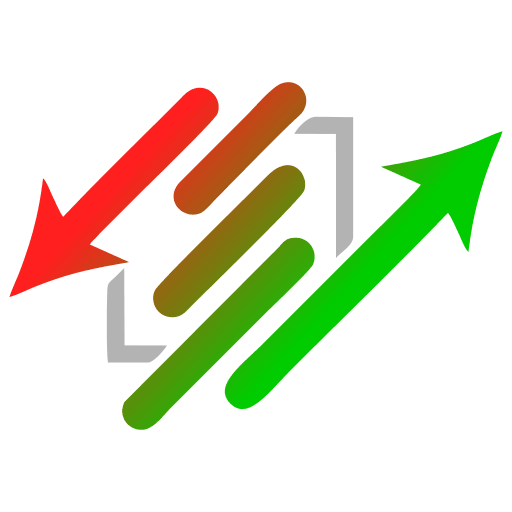Market Indicators vs. Technical Indicators
Like a technical indicator, a market indicator is a series of data points derived from a formula. With market indicators, however, the formula for market indicators is applied to the price data for multiple securities within the market, instead of just one security. Price data can come from open, high, low or close points for the securities, their volume or both. This data is entered into the indicator formula, producing the desired data point.Unlike technical indicators, market indicators are not charted above or below the chart. Market indicators are what is being charted, and as such have their own ticker symbols. There are often many symbols that apply the same market indicator formula to different markets; for example, the $BPSPX and $BPNDX track the Bullish Percent Index for the S&P 500 and the NASDAQ 100, respectively.
Market Breadth Indicators
Breadth indicators measure the number or percentage of stocks in the group that are participating in a trend. Market breadth indicators are typically based on the price data of the stocks in the group. For example, the Advance-Decline Line is calculated using the number of stocks in the group that increased in price (“advancers”) vs. the number that decreased in price (“decliners”). The Net New 52-Week Highs indicator measures the difference between the percentage of stocks making new 52-week highs and those making new 52-week lows.
Popular market breadth indicators include the Advance-Decline Line, McClellan Oscillator and Net New 52-Week Highs
Sentiment Indicators
Not all market indicators measure market participation using price and volume. Sentiment Indicators are used to measure whether investors feel bullish or bearish about the market, which is referred to as investor sentiment. The data used to calculate these indicators varies more widely than traditional market breadth indicators: it is often a count of the investors themselves, or the volume of money they are investing, rather than price and volume. For example, the DecisionPoint Rydex Ratio is calculated using the amount of money invested in bullish and bearish mutual funds. The AAII sentiment indicators are based on poll results of investors.

